Home>Furniture & Design>Interior Design Trends>What Is Obscured Glass
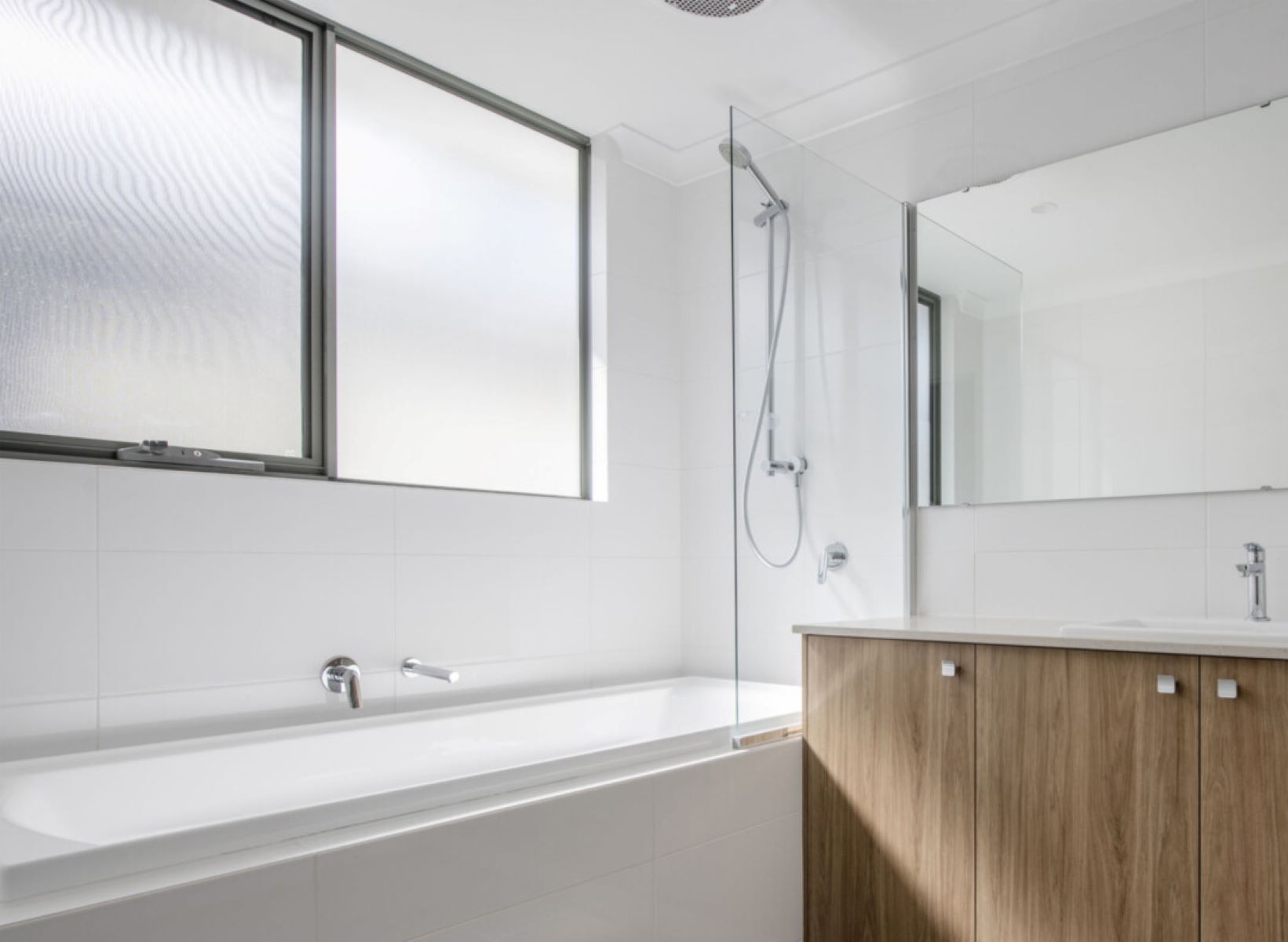

Interior Design Trends
What Is Obscured Glass
Modified: February 18, 2024
Discover the latest interior design trends with obscured glass, a stylish and versatile option for adding privacy and elegance to your space. Explore the benefits and applications of obscured glass in modern interiors.
(Many of the links in this article redirect to a specific reviewed product. Your purchase of these products through affiliate links helps to generate commission for Storables.com, at no extra cost. Learn more)
Introduction
Obscured glass, also known as privacy glass or frosted glass, is a type of glass that has been treated or textured to obscure the view through it while still allowing light to pass. This unique characteristic makes it a popular choice in various architectural and interior design applications. Obscured glass can be used in windows, doors, partitions, and shower enclosures, offering both functionality and aesthetic appeal.
The treatment or texturing of obscured glass can take different forms, including acid-etching, sandblasting, or applying a frosted film. These methods create a translucent surface that diffuses light, providing privacy without compromising natural illumination. The level of obscurity can vary, ranging from lightly frosted to heavily textured, offering flexibility in design and functionality.
In interior design, obscured glass serves as a versatile element that adds a touch of elegance and sophistication to spaces. It allows designers to play with light and shadow, creating visually intriguing environments while maintaining privacy. Whether used in residential or commercial settings, obscured glass can transform ordinary spaces into captivating areas that exude a sense of style and modernity.
The appeal of obscured glass extends beyond its visual allure. Its practical benefits, such as enhancing privacy without sacrificing light transmission, make it a valuable addition to any interior design scheme. Furthermore, the diverse range of patterns and textures available in obscured glass allows for customization, enabling designers to tailor the material to suit specific aesthetic and functional requirements.
As we delve deeper into the world of obscured glass, we will explore its various types, applications, benefits, and maintenance considerations. Understanding the versatility and advantages of obscured glass will shed light on its significance in contemporary interior design and architectural practices.
Key Takeaways:
- Obscured glass, also known as privacy glass, offers both privacy and natural light, making it a versatile and elegant choice for interior design in residential and commercial spaces.
- With various types and applications, obscured glass enhances privacy, optimizes natural light, and adds visual appeal while being easy to maintain and clean, making it a valuable asset in modern interior design.
Read more: What Is Alabaster Glass
Types of Obscured Glass
Obscured glass comes in a diverse array of types, each offering unique visual effects and privacy solutions. The variations in texture, pattern, and opacity cater to different design preferences and functional requirements. Understanding the distinct types of obscured glass can provide valuable insights for interior designers, architects, and homeowners seeking to incorporate this versatile material into their spaces.
1. Acid-Etched Glass
Acid-etched glass undergoes a chemical process that creates a smooth, satin-like appearance. This type of obscured glass is characterized by its uniform translucency, which diffuses light while maintaining a high level of privacy. Acid-etched glass is a popular choice for interior partitions, doors, and windows, adding a touch of elegance to spaces while effectively obscuring views.
2. Sandblasted Glass
Sandblasted glass is created by propelling sand or other abrasive materials at high velocity onto the surface of the glass. This process results in a textured, frosted appearance that diffuses light and obscures visibility. Sandblasted glass offers varying degrees of opacity, making it suitable for applications where privacy is a priority, such as in office spaces and conference rooms.
3. Frosted Glass Film
Frosted glass film provides a cost-effective and versatile solution for achieving privacy and decorative effects. This type of obscured glass involves applying a self-adhesive film to the surface of clear glass, creating a frosted appearance. Frosted glass film is available in a wide range of patterns and designs, allowing for customization and creative expression in interior design applications.
Read more: What Is Monolithic Glass
4. Patterned Glass
Patterned glass encompasses a diverse range of designs, from subtle textures to intricate motifs. This type of obscured glass features patterns that are either embossed or imprinted onto the surface, offering a decorative element while obscuring visibility. Patterned glass is often used in decorative panels, cabinet doors, and shower enclosures, adding visual interest and privacy to interior spaces.
5. Laminated Glass with Interlayer
Laminated glass with an obscured interlayer combines the benefits of obscured glass with the safety and security features of laminated glass. By incorporating a frosted or textured interlayer between two or more sheets of glass, this type of obscured glass enhances privacy while providing impact resistance and sound insulation. Laminated glass with an obscured interlayer is commonly used in partitions, balustrades, and exterior facades.
The diverse range of types in obscured glass offers a spectrum of design possibilities, allowing for creative expression and functional solutions in interior and architectural projects. By understanding the characteristics and applications of each type, designers and homeowners can make informed decisions when integrating obscured glass into their spaces.
Applications of Obscured Glass
Obscured glass finds versatile applications in both residential and commercial settings, offering a blend of functionality, aesthetics, and privacy. Its adaptability to various design schemes and architectural elements makes it a sought-after material in interior design and construction. Let's explore the diverse applications of obscured glass across different spaces and contexts.
Residential Spaces
In residential settings, obscured glass serves as a valuable design element, enhancing privacy while infusing spaces with a touch of sophistication. One of the primary applications of obscured glass is in windows and doors. By incorporating obscured glass in these areas, homeowners can enjoy natural light while maintaining seclusion from external views. This is particularly beneficial for rooms requiring privacy, such as bathrooms, bedrooms, and home offices. Additionally, obscured glass is often used in shower enclosures, creating a sense of privacy without compromising the flow of light. Its ability to add a decorative touch to interior spaces makes it a popular choice for cabinet doors, room dividers, and decorative panels.
Read more: What Makes Glass
Commercial Environments
In commercial settings, obscured glass plays a pivotal role in balancing privacy and openness. Offices often utilize obscured glass partitions to delineate work areas while allowing light to permeate the space. Conference rooms and meeting areas benefit from the use of obscured glass, providing privacy for discussions without the need for solid walls. Retail establishments leverage obscured glass for storefronts and display cases, adding an element of intrigue while safeguarding merchandise. Additionally, restaurants and hospitality venues incorporate obscured glass in interior design to create intimate dining spaces and private alcoves, enhancing the overall ambiance.
Architectural Elements
Beyond specific spaces, obscured glass is integrated into architectural elements to achieve functional and aesthetic objectives. Facades and entryways feature obscured glass to introduce an element of mystery and elegance, inviting occupants into the building while maintaining a sense of privacy. Staircase balustrades and railings often incorporate obscured glass, contributing to a modern and airy aesthetic while ensuring safety and privacy. Furthermore, interior designers and architects utilize obscured glass in creative ways, such as custom partitions, decorative wall panels, and backlit features, adding depth and visual interest to interiors.
Specialized Applications
Obscured glass extends its utility to specialized applications, including healthcare facilities, educational institutions, and recreational spaces. In healthcare settings, obscured glass is used in patient rooms, treatment areas, and waiting rooms to uphold privacy and comfort. Educational environments benefit from the integration of obscured glass in classrooms, libraries, and administrative spaces, fostering an atmosphere conducive to learning and collaboration. Recreational facilities, such as spas and fitness centers, incorporate obscured glass in changing areas and relaxation zones, creating secluded spaces that exude tranquility and privacy.
The widespread applications of obscured glass underscore its significance in modern interior design and architectural practices. Its ability to seamlessly blend functionality with visual appeal makes it a versatile and indispensable material in creating inviting, private, and aesthetically pleasing spaces.
Benefits of Using Obscured Glass
Obscured glass offers a myriad of benefits that contribute to its widespread adoption in interior design and architectural applications. Understanding these advantages provides valuable insights for designers, homeowners, and professionals seeking to leverage the unique properties of obscured glass in their projects.
Read more: What Is Tempered Glass
1. Privacy Enhancement
One of the primary benefits of using obscured glass is its ability to enhance privacy without compromising natural light. In spaces where seclusion is desired, such as bathrooms, bedrooms, and office partitions, obscured glass provides an elegant solution. By diffusing visibility while allowing light transmission, it creates a sense of privacy without the need for traditional opaque barriers, fostering an open and airy ambiance.
2. Aesthetic Versatility
Obscured glass offers a wide range of textures, patterns, and opacities, allowing for creative expression and customization. Designers can choose from various types of obscured glass to complement different interior styles and architectural themes. Whether it's the subtle elegance of acid-etched glass or the decorative allure of patterned glass, the aesthetic versatility of obscured glass enables it to seamlessly integrate into diverse design schemes, adding visual interest and sophistication to spaces.
3. Natural Light Optimization
Maintaining a well-lit environment is essential in interior design, and obscured glass excels in optimizing natural light while addressing privacy concerns. By diffusing and softening incoming light, obscured glass creates a gentle, inviting illumination that reduces glare and harsh shadows. This not only enhances the overall comfort of a space but also contributes to energy efficiency by reducing the reliance on artificial lighting during daylight hours.
4. Space Enhancement
The use of obscured glass can visually expand and enhance interior spaces. By incorporating obscured glass partitions or doors, designers can create the illusion of larger areas while maintaining distinct zones within a room. This spatial enhancement adds a sense of openness and fluidity to the overall design, making obscured glass an effective tool for optimizing spatial layouts and promoting a seamless flow within interiors.
Read more: What Is Glass Etching
5. Maintenance and Durability
Obscured glass is known for its durability and ease of maintenance. The treated or textured surfaces of obscured glass are resistant to fingerprints, smudges, and water spots, making it a practical choice for high-traffic areas and moisture-prone environments. Additionally, the longevity of obscured glass minimizes the need for frequent replacements, offering long-term value and reliability in interior applications.
6. Design Cohesion
Incorporating obscured glass into a design scheme fosters cohesion and harmony within a space. Whether used in windows, doors, or decorative elements, obscured glass creates a unified aesthetic that seamlessly integrates with other materials and finishes. Its ability to complement various design elements, such as wood, metal, and stone, makes it a versatile component in achieving a cohesive and well-balanced interior environment.
The benefits of using obscured glass extend beyond its functional attributes, encompassing its role in elevating the visual appeal and practicality of interior spaces. By harnessing its privacy-enhancing properties, aesthetic versatility, and maintenance advantages, obscured glass emerges as a valuable asset in modern interior design, offering a harmonious blend of functionality and style.
Maintenance and Cleaning of Obscured Glass
Maintaining the pristine appearance and functionality of obscured glass is essential for preserving its aesthetic appeal and longevity. Proper care and cleaning techniques ensure that the obscured glass continues to enhance privacy, optimize natural light, and contribute to the overall ambiance of interior spaces. Here's a comprehensive guide to the maintenance and cleaning of obscured glass:
Regular Cleaning
Regular cleaning is crucial for keeping obscured glass surfaces free from dust, smudges, and other impurities. Begin by using a soft, lint-free cloth or microfiber towel to gently remove loose debris from the surface of the glass. This initial step helps prevent scratches and abrasions during the cleaning process.
Read more: What Is A Schooner Glass
Mild Cleaning Solution
When it comes to cleaning obscured glass, it's important to use a mild cleaning solution to avoid damaging the treated or textured surface. Prepare a solution of warm water and a small amount of gentle, pH-neutral dish soap. Avoid using harsh chemicals or abrasive cleaners, as they can compromise the integrity of the glass and its obscuring treatment.
Gentle Application
Dip the soft cloth or sponge into the prepared cleaning solution and wring out any excess liquid. Gently wipe the obscured glass surface in a circular motion, ensuring even coverage. Pay particular attention to areas with visible smudges or fingerprints, applying gentle pressure to lift the residues without scratching the glass.
Rinse and Dry
After cleaning the obscured glass, rinse the surface thoroughly with clean water to remove any soapy residue. Use a separate, dry cloth to carefully dry the glass, preventing water spots and streaks from forming. A thorough drying process ensures that the obscured glass maintains its pristine appearance and transparency.
Avoid Abrasive Tools
When cleaning obscured glass, it's essential to avoid using abrasive tools or materials that could scratch or damage the surface. Steer clear of rough sponges, scouring pads, or abrasive powders, as they can compromise the texture and obscuring treatment of the glass, diminishing its visual appeal and privacy-enhancing properties.
Read more: What Is A Storm Glass
Periodic Maintenance
In addition to regular cleaning, periodic maintenance of obscured glass involves inspecting the surfaces for any signs of wear, damage, or deterioration. Address any issues promptly to prevent them from escalating and compromising the functionality and aesthetics of the glass.
By following these maintenance and cleaning guidelines, obscured glass can retain its elegance, privacy-enhancing properties, and visual allure, contributing to inviting and well-maintained interior spaces.
This comprehensive approach to maintenance and cleaning ensures that obscured glass continues to fulfill its role in interior design, providing privacy, natural light optimization, and aesthetic enhancement for years to come.
Frequently Asked Questions about What Is Obscured Glass
Was this page helpful?
At Storables.com, we guarantee accurate and reliable information. Our content, validated by Expert Board Contributors, is crafted following stringent Editorial Policies. We're committed to providing you with well-researched, expert-backed insights for all your informational needs.
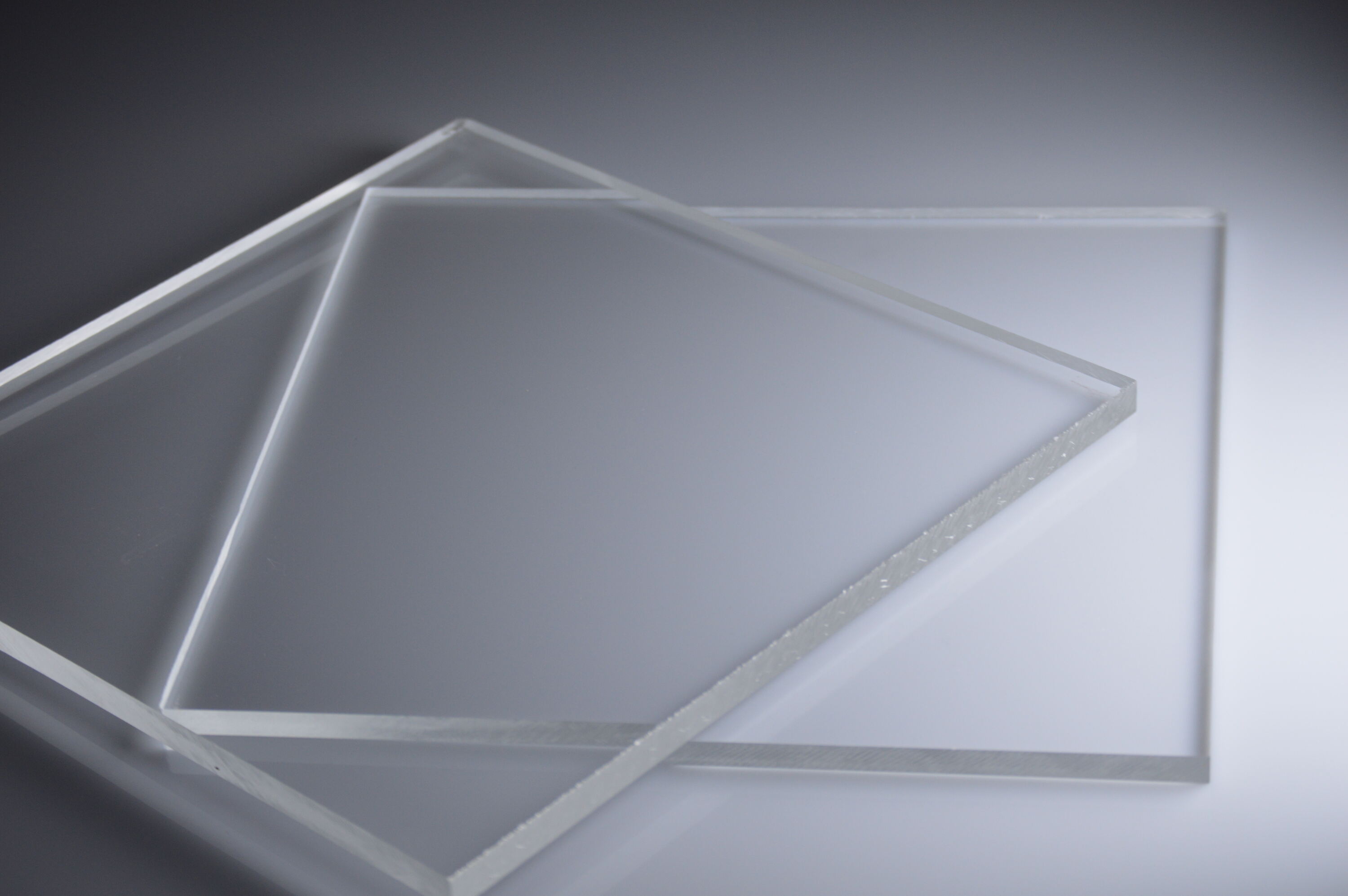
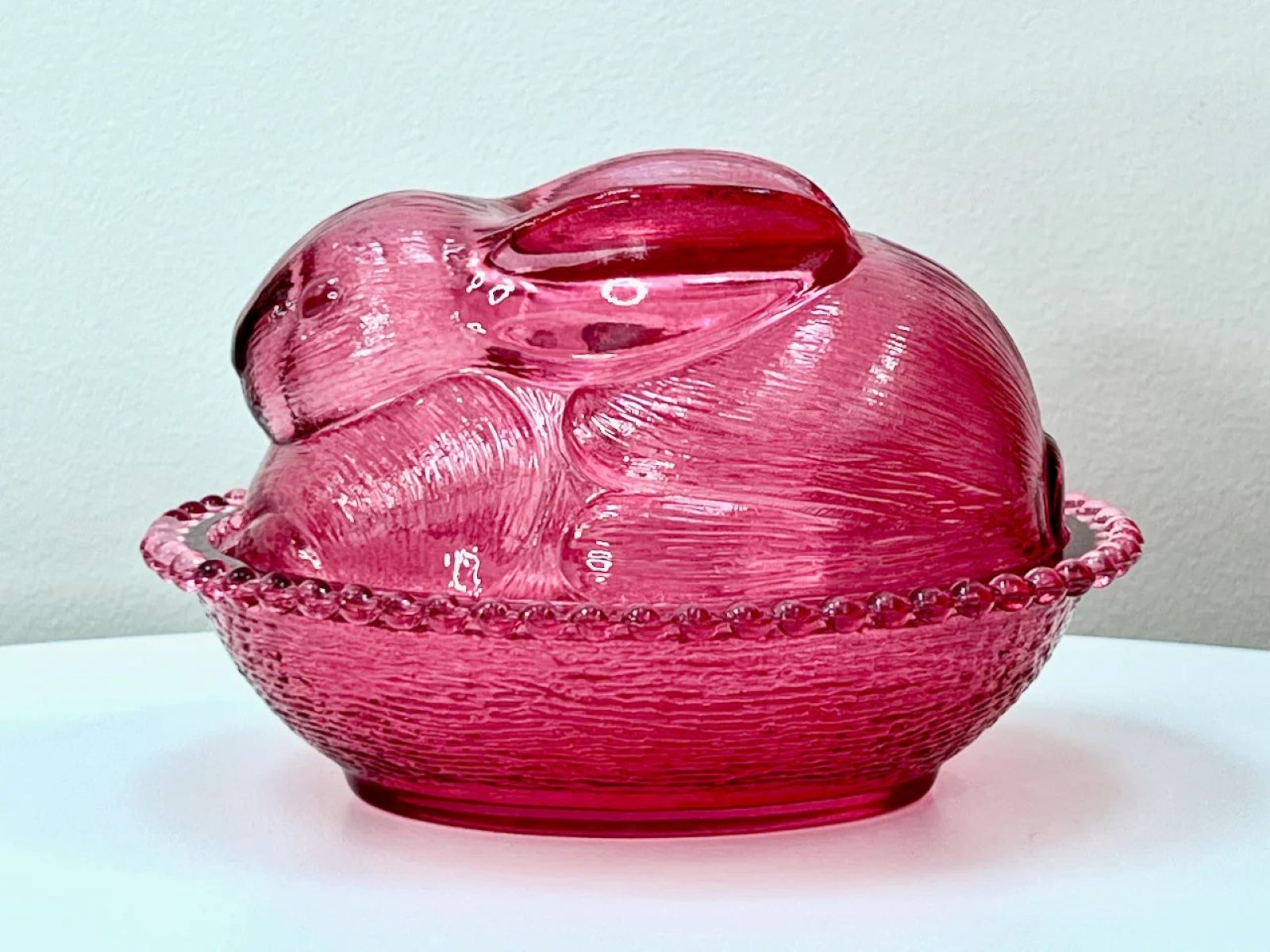


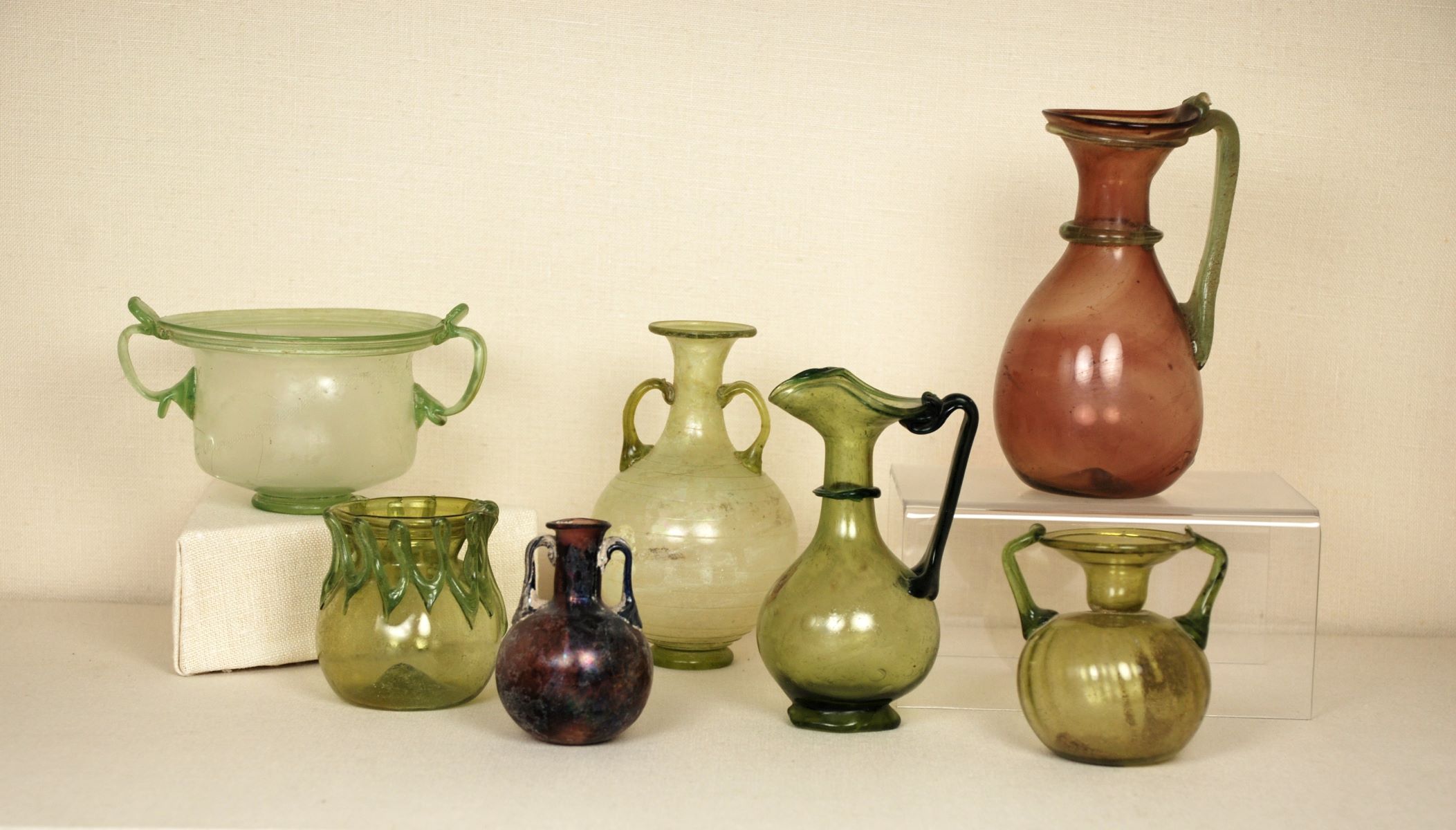

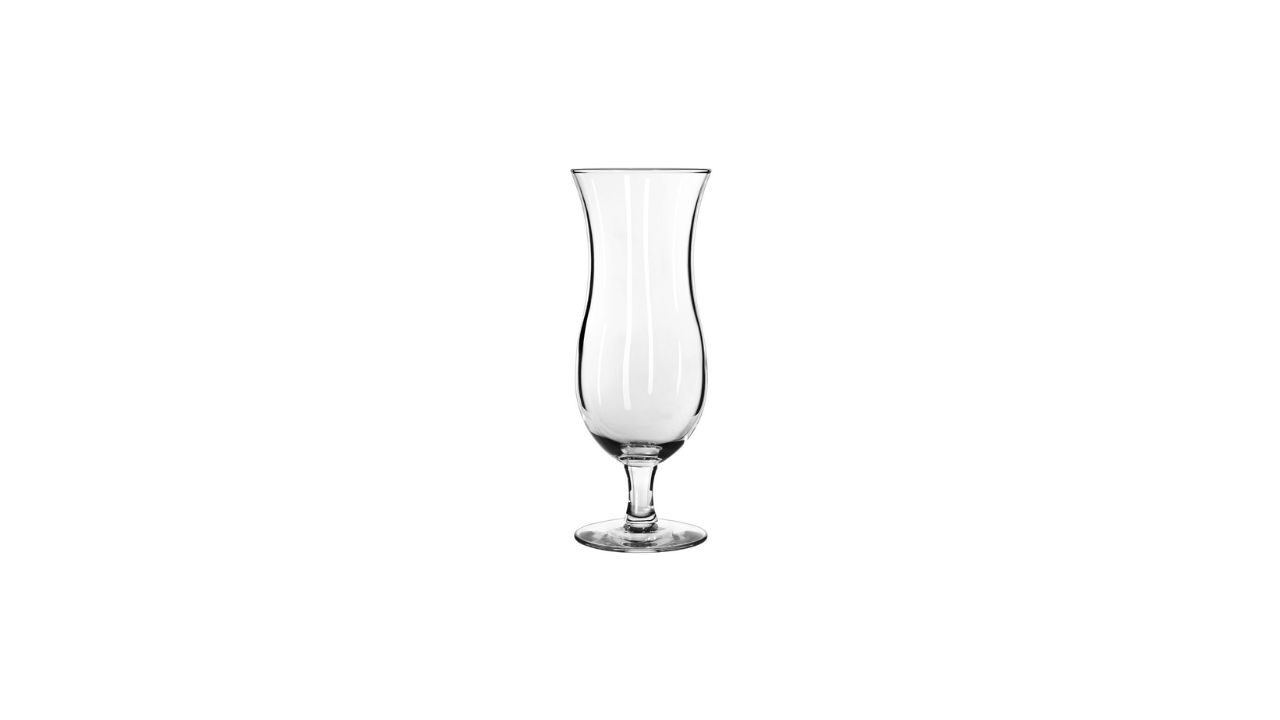
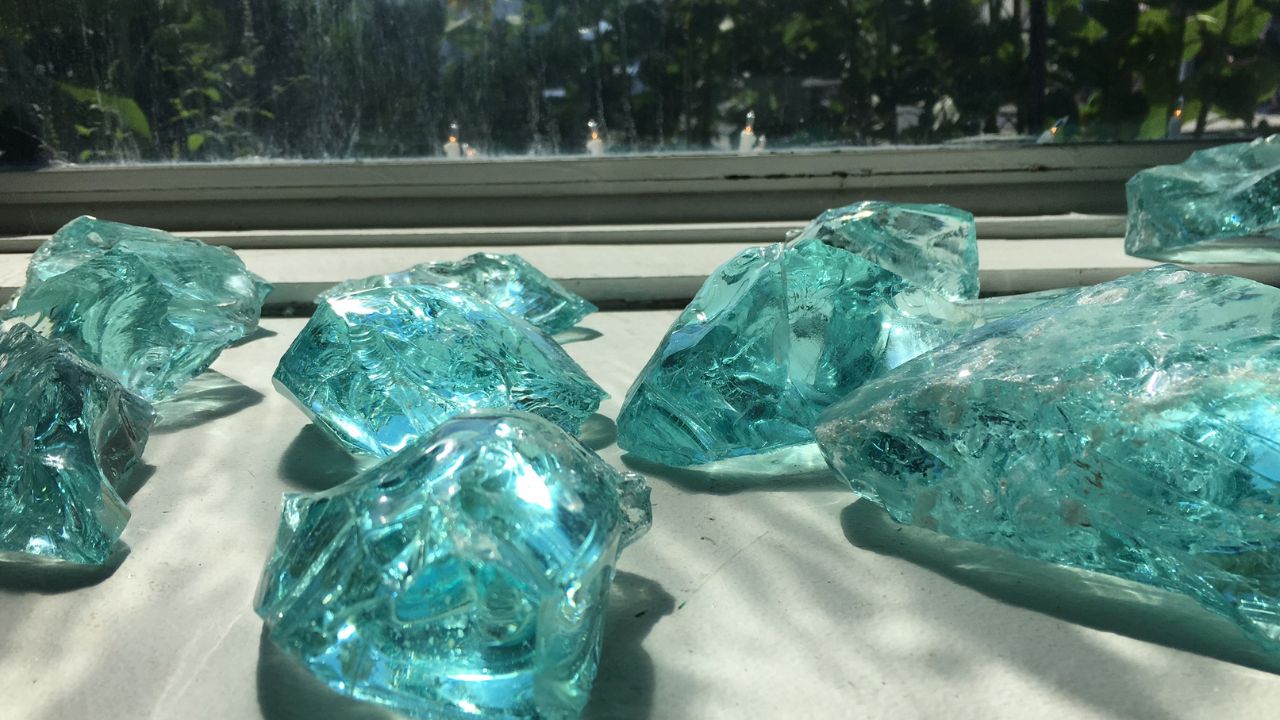
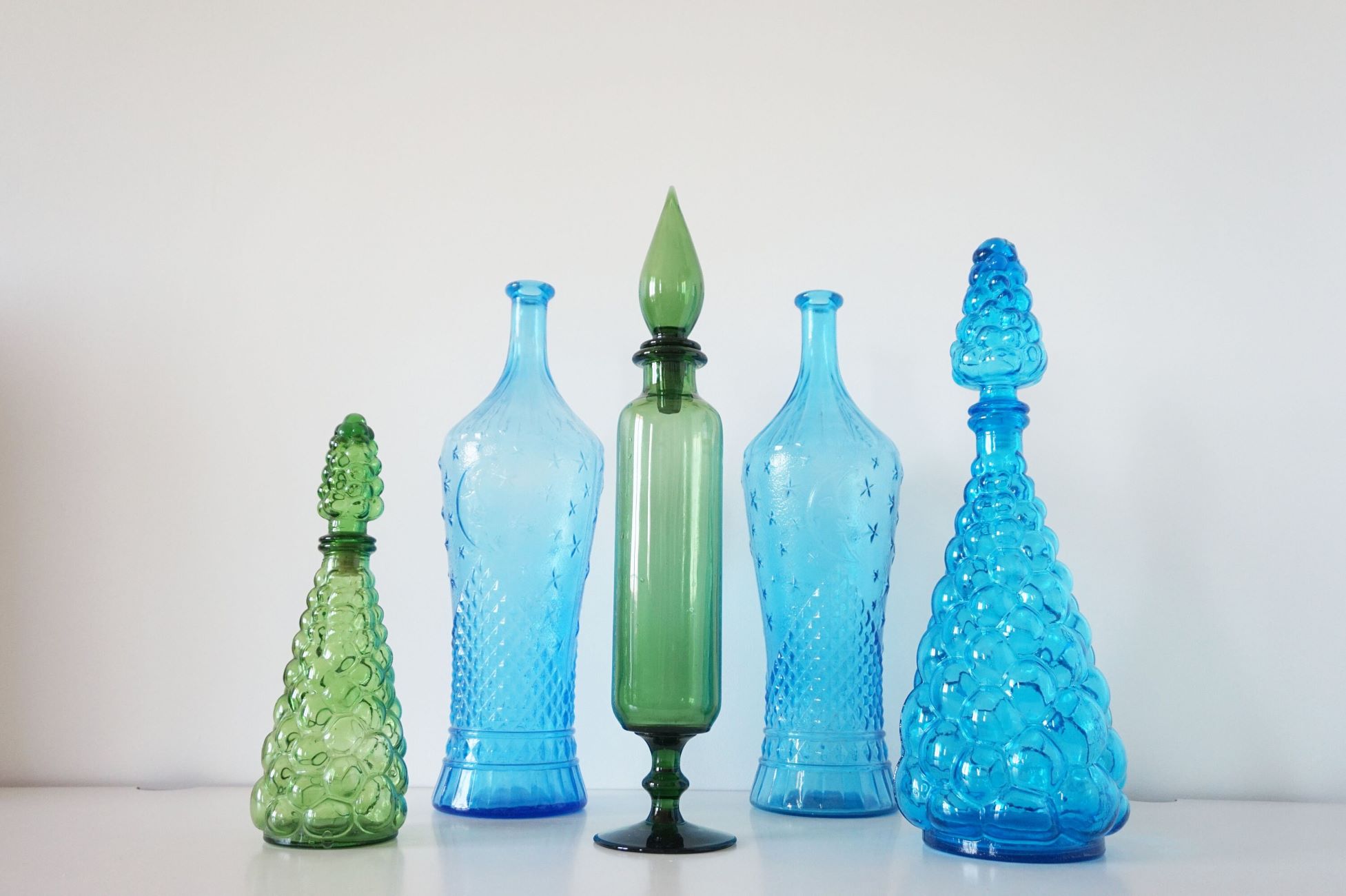

0 thoughts on “What Is Obscured Glass”